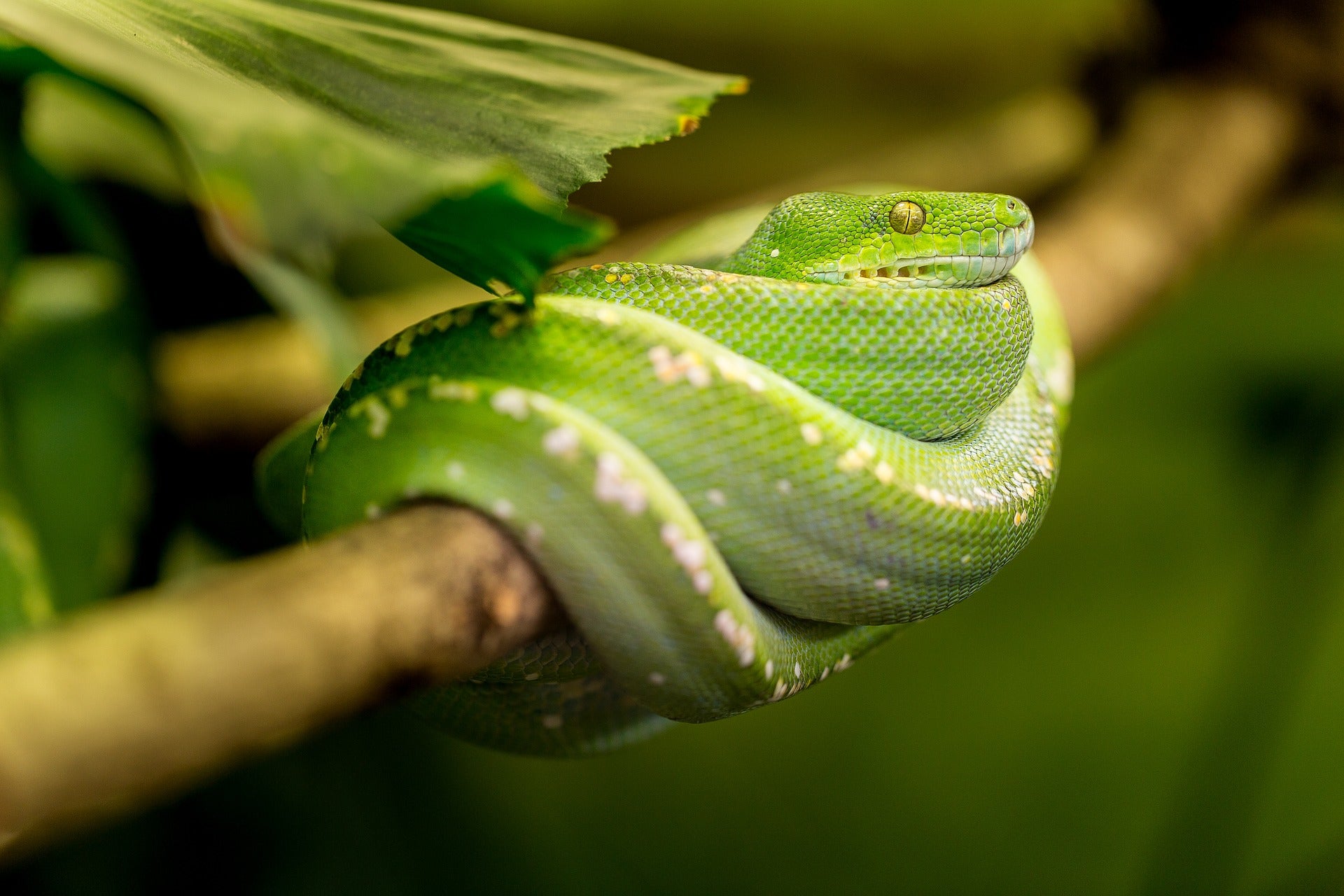Trick or treat: Animal misconceptions and surprises
Published 6:01 am Wednesday, October 31, 2018

- Amanda's Animal Fact of the Week Snakes (like this green tree python) are found on every continent in the world, except Antarctica.
By AMANDA WHEELER
Going Green in the Bluegrass
Halloween is one of my favorite holidays and to celebrate, so I’ve put together some animal tricks and treats: “Tricks” are misconceptions that many of us have about animals; and “treats” are cool animal facts that are surprisingly true.
A rhino horn is made of hair — Treat! A rhino’s horn is made of keratin. This is the same stuff that our hair and nails are made out of. Keratin is a fibrous protein that also is the basis for feathers, claws and horns.
Polar bears are white — Trick! Polar bears have black skin and their fur is actually transparent. They have two layers of fur to help keep them warm and both layers are transparent. The hairs in the outer layer are hollow, which allows light to enter the hairs. It also helps the Polar bears stay warm.
Camels store water in their humps — Trick! Camels actually use their humps to store fat. Because of this, a camel can spend a couple of days in the desert without eating, though they will still need to drink.
Flamingos are not pink — Treat! Flamingo babies are grey when they are born and only turn pink because of their diet. They get their pink color from the crustaceans and algae they eat because it contains canthaxanthin, which gives their legs and feathers a pink color.
Birds don’t urinate — Treat! Birds only have an anus — no urethra — so they can’t technically pee. If you ever take a close look at bird poop you will see part of it is white; this is the uric acid. When they break down nitrogen, instead of turning it into urea and urinating it like mammals, birds excrete it through their anus.
Spiders are insects — Trick! While they may seem similar, there are very distinct differences between spiders and insects. Two of the most obvious are that spiders and other arachnids have eight legs while insects only have six. Another difference which can be harder to see is that insects have three main body parts — a head, thorax and abdomen. Arachnids only have two distinct parts — a cephalothorax and an abdomen.






